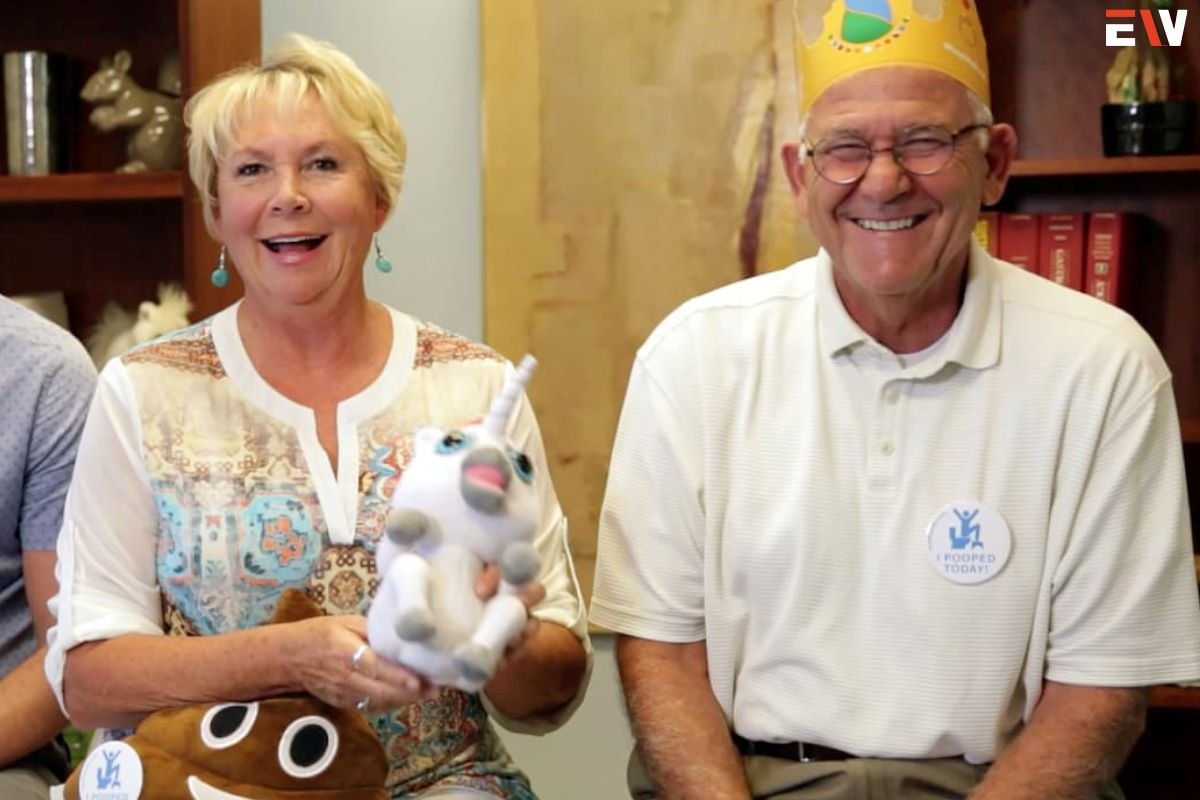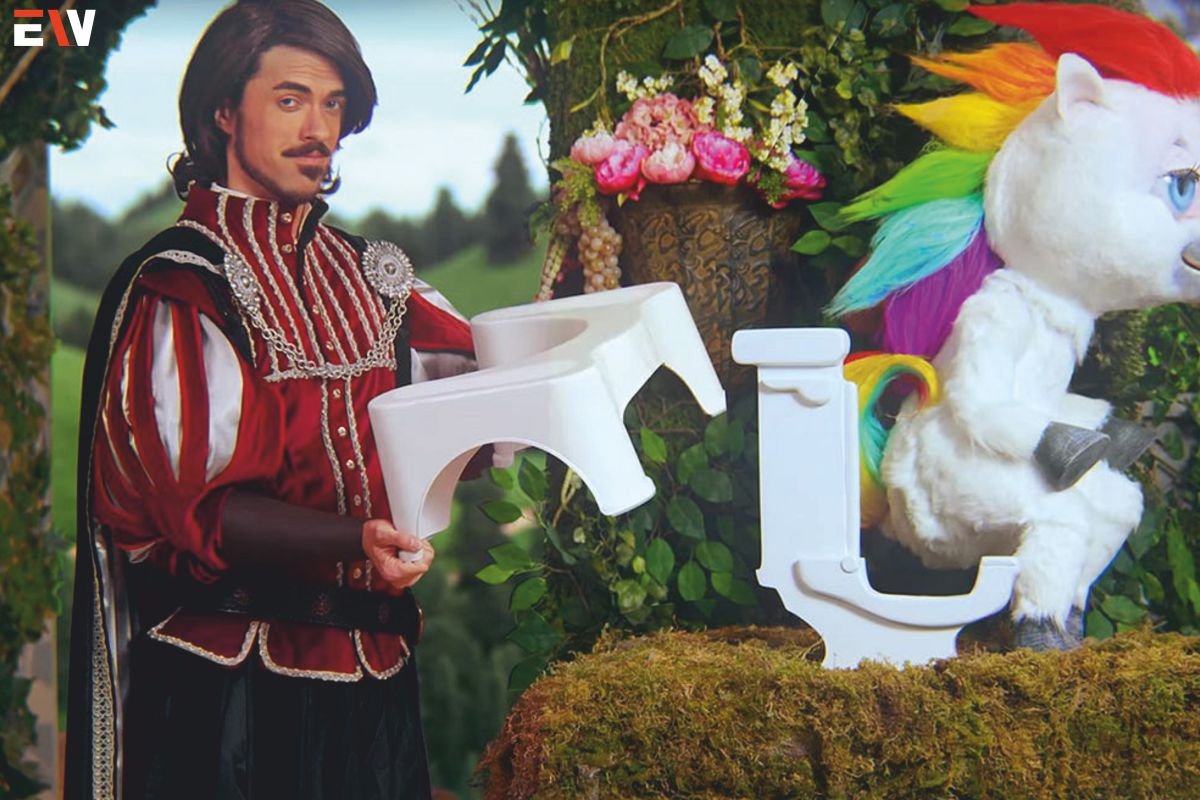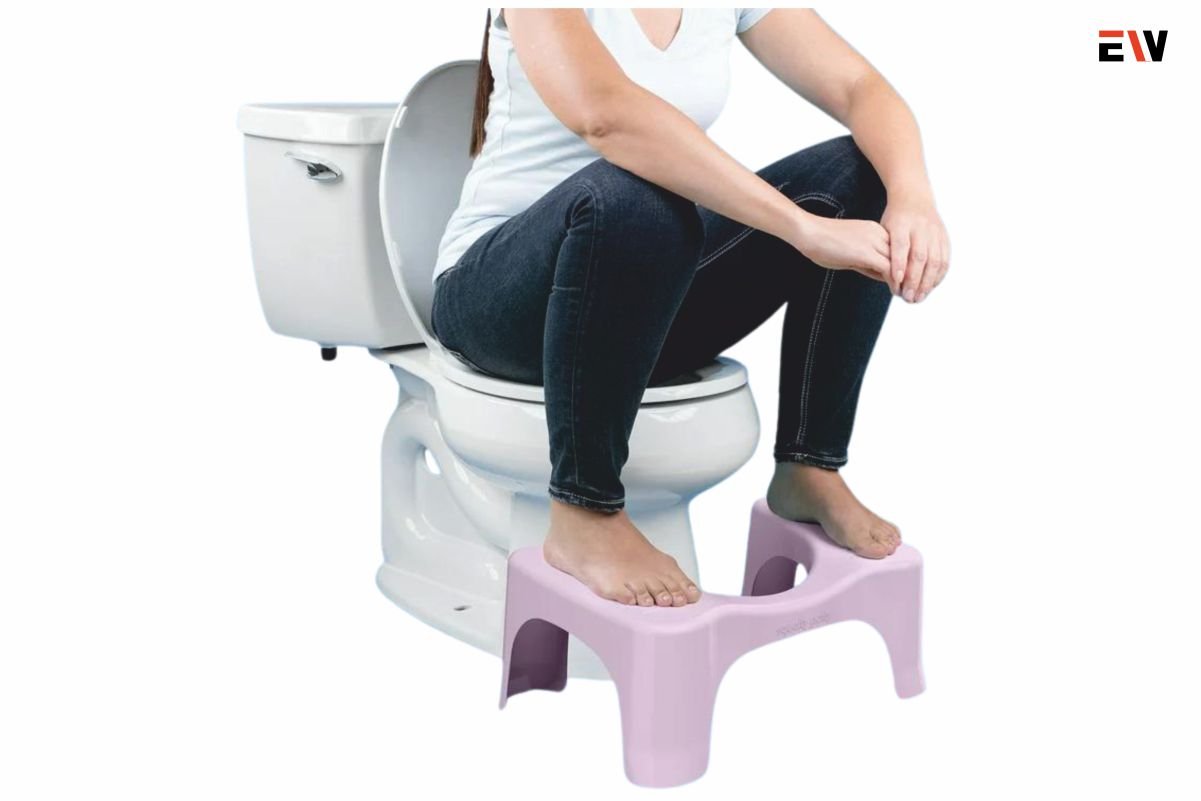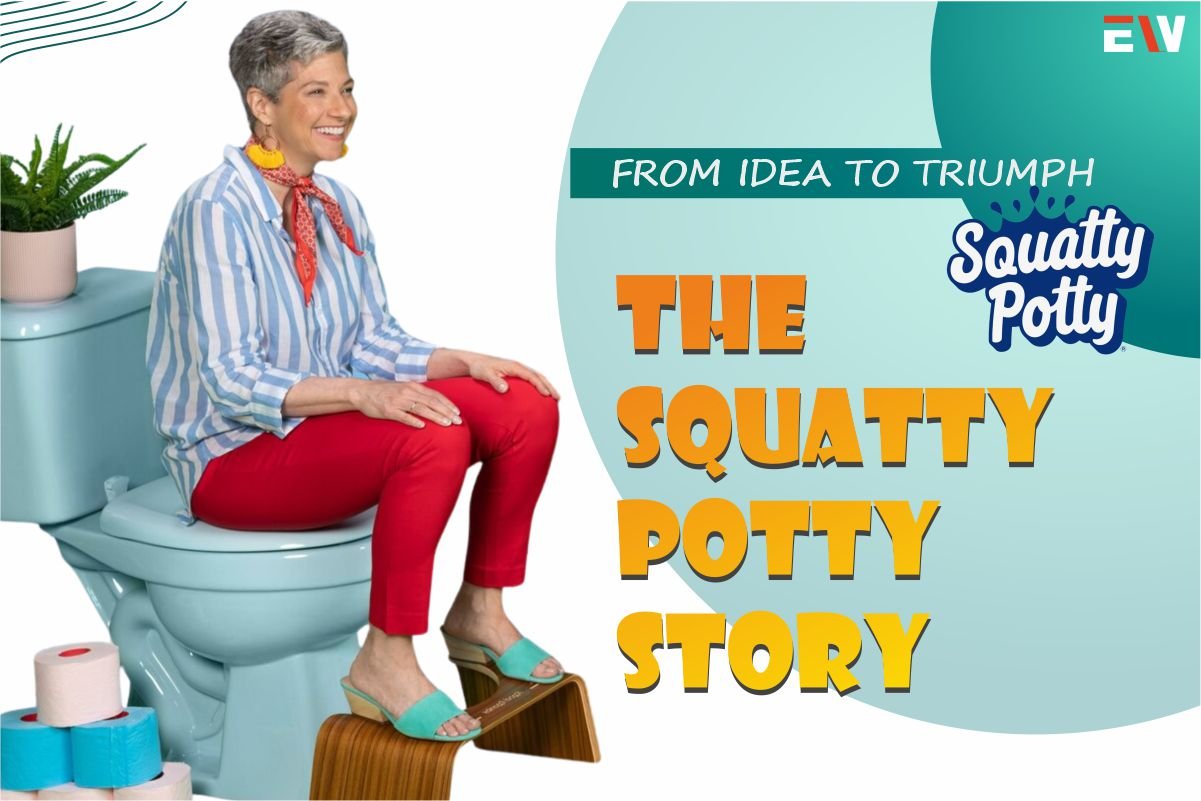Source – Shark Tank Shopper
“Shark Tank,” the hit reality TV show, has been a springboard for numerous innovative products and entrepreneurial dreams. Among the many success stories, one particularly stands out due to its simplicity, utility, and the way it managed to spark a conversation about a rather unspoken subject—bowel health. Squatty Potty, a product designed to improve posture for better bowel movements, was pitched on “Shark Tank” and not only secured a deal but also became a household name. This article delves into the journey of Squatty Potty from its inception to its meteoric rise post-Shark Tank appearance.
The Birth of Squatty Potty
The idea behind Squatty Potty originated in 2011 when Bobby Edwards and his mother, Judy Edwards, sought a natural solution to alleviate Judy’s chronic constipation. They discovered that squatting, rather than sitting, could significantly improve the process of defecation by aligning the colon in a more natural position. This revelation led them to create a simple, ergonomic stool that would elevate the feet and simulate a squatting posture while using a standard toilet.
Initially, the Edwards family handcrafted the stools and sold them locally. However, the potential for wider adoption was clear. They knew they had a unique product that addressed a common yet often undiscussed health issue. The challenge was how to bring it to a broader market.
The Shark Tank Pitch

In 2014, Bobby Edwards took Squatty Potty to “Shark Tank,” seeking $350,000 for a 5% equity stake in the company. The pitch was memorable and engaging, leveraging humor and education to break the ice around the typically taboo subject of bowel movements. Bobby demonstrated how the stool worked and emphasized its health benefits, backed by scientific reasoning and customer testimonials.
The Sharks were initially skeptical, as they often are with unconventional products. However, Bobby’s thorough presentation and the evident market potential began to sway them. Lori Greiner, known as the “Queen of QVC” and a successful entrepreneur, saw the product’s promise. After some negotiation, Lori offered $350,000 for a 10% stake, which Bobby accepted.
Post-Shark Tank Success
Securing a deal with Lori Greiner proved to be a pivotal moment for Squatty Potty. Lori’s expertise in retail and her extensive network helped propel Squatty Potty into the national spotlight. The exposure from “Shark Tank” and Lori’s subsequent marketing efforts led to a surge in sales. Squatty Potty reportedly earned over $1 million in the 24 hours following the episode’s airing.
Lori leveraged her QVC platform to reach millions of potential customers, and Squatty Potty quickly became a bestseller. The product’s straightforward utility, combined with effective marketing, ensured that it resonated with a wide audience. Beyond QVC, Squatty Potty expanded its retail presence to major stores like Bed Bath & Beyond and Walmart, further solidifying its market presence.
Marketing Brilliance: The Viral Unicorn Ad

One of the most significant milestones in Squatty Potty’s marketing journey was the release of the “This Unicorn Changed the Way I Poop” advertisement in 2015. The whimsical and humorous video featured a colorful unicorn demonstrating the benefits of the Squatty Potty by producing rainbow ice cream, symbolizing healthy bowel movements.
The ad was an instant viral sensation, garnering millions of views on YouTube and social media platforms. Its creative approach to a delicate subject matter captured the public’s imagination and made discussing bowel health more acceptable and even entertaining. This marketing campaign not only boosted sales but also cemented Squatty Potty’s place in pop culture.
Impact on Public Awareness and Health
Squatty Potty’s success extends beyond commercial achievements. bringing the topic of bowel health into mainstream conversation, it has contributed to greater public awareness of the importance of proper toilet posture. Health professionals have also acknowledged the benefits of using such stools to alleviate conditions like constipation and hemorrhoids.
The company has continuously engaged with the medical community to promote its health benefits, further legitimizing the product. Studies have shown that squatting can significantly reduce straining and facilitate easier bowel movements, which supports Squatty Potty’s core claims.
Expansion and Diversification
Riding on the wave of its success, Squatty Potty has expanded its product line to include various models and accessories aimed at improving bathroom health and hygiene. They offer different sizes and styles of stools, catering to different preferences and bathroom aesthetics. Additionally, the company has introduced related products like bidets and toilet sprays, broadening its market reach.

The company’s commitment to innovation and customer satisfaction has helped it maintain a strong market presence. By continuously improving and diversifying its product offerings, Squatty Potty has ensured that it remains relevant and competitive in an evolving market.
Conclusion
Squatty Potty’s journey from a simple idea to a multimillion-dollar business is a testament to the power of innovation, effective marketing, and strategic partnerships. The company’s appearance on “Shark Tank” was a turning point that transformed it from a niche product to a mainstream sensation. Lori Greiner’s investment and marketing prowess played a crucial role in this transformation, demonstrating the impact that the right support and exposure can have on a business.
The viral success of the unicorn ad further showcased Squatty Potty’s ability to creatively engage with consumers and normalize discussions about health topics that are often considered private or embarrassing. By addressing a common problem with a simple yet effective solution, Squatty Potty has improved countless lives and continues to do so with its expanding product range.
In a world where many great ideas struggle to gain traction, Squatty Potty’s story is an inspiring example of how a combination of innovation, strategic marketing, and effective use of media can lead to remarkable success. It serves as a model for aspiring entrepreneurs, illustrating that even the most unconventional ideas can achieve mainstream success with the right approach.










